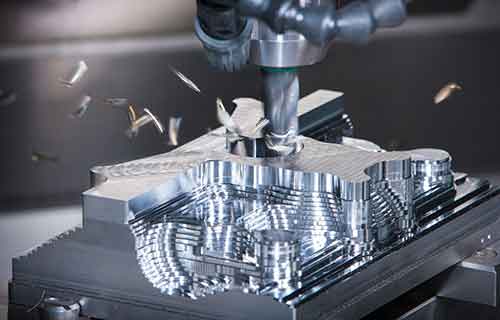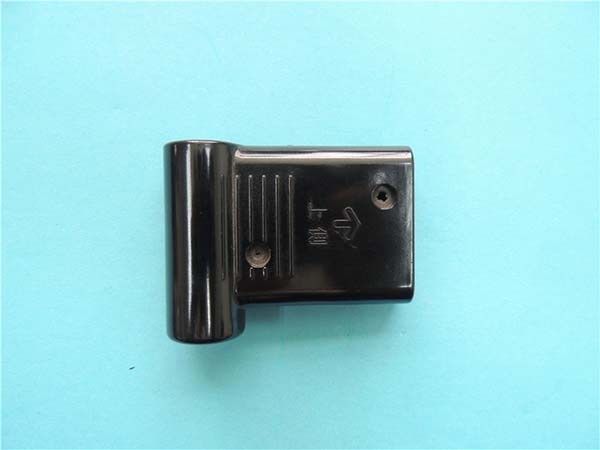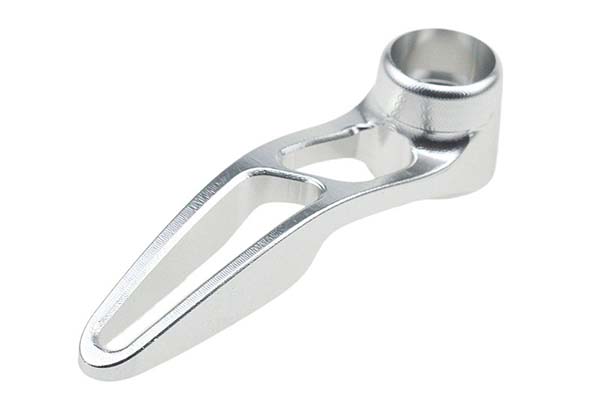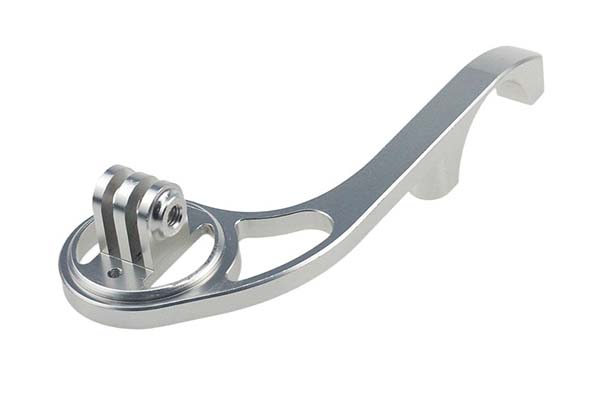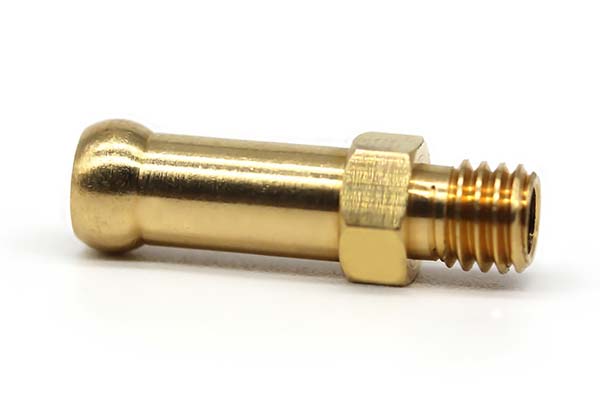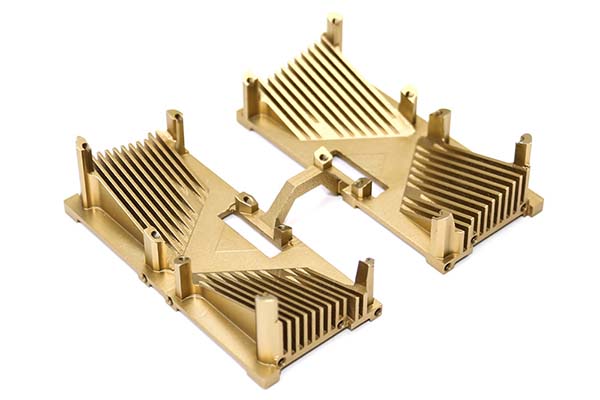Imagine a manufacturer struggling to machine high-strength steel parts, only to see their tooling wear out after a few dozen pieces—slowing production and driving up costs. Or an aerospace supplier needing to achieve tight tolerances on a titanium component, but finding that standard tools can’t maintain precision. These are the challenges that carbide machining is designed to solve. Tungsten carbide, with its exceptional hardness and heat resistance, has revolutionized metalworking, enabling manufacturers to tackle tough materials and demanding applications with confidence. In this guide, we’ll explore how carbide machining works, why it’s essential for modern manufacturing, and how to leverage it to overcome your most pressing production challenges.
Carbide Machining Overview: The Power of Tungsten Carbide
At its core, carbide machining relies on tools made from tungsten carbide—a composite of tungsten carbide particles bonded with cobalt. This material combination delivers properties that make it ideal for demanding machining tasks:
- Hardness: Tungsten carbide has a hardness of 85–95 HRC (Rockwell Hardness), far exceeding that of high-speed steel (HSS) at 60–65 HRC. This allows carbide tools to cut through hard materials like stainless steel and titanium without dulling quickly.
- Heat resistance: Carbide tools maintain their hardness at temperatures up to 1,000°C, compared to 600°C for HSS. This makes them perfect for high-speed machining, where friction generates intense heat.
- Tool life: Carbide tools can last 5–10 times longer than HSS tools in similar applications. A study by the Manufacturing Technology Association found that switching to carbide reduced tool change downtime by 70% in a steel machining operation.
The benefits translate directly to the bottom line: Manufacturers using carbide machining report a 30% increase in productivity and a 25% reduction in per-part costs compared to HSS-based processes.
Carbide Tools and Tooling: The Right Tool for Every Job
The effectiveness of carbide machining depends on choosing the right carbide tools for the task. These tools come in a variety of forms, each designed for specific applications:
- End mills and milling cutters are used for shaping flat and curved surfaces. Carbide end mills with 4–6 flutes provide smoother cuts in stainless steel, while 2-flute designs excel in aluminum.
- Drills and reamers create precise holes. Carbide drills with a parabolic flute design remove chips more efficiently, reducing heat buildup in deep-hole drilling.
- Inserts are replaceable cutting tips that mount to tool holders, making them cost-effective for high-volume production. They come in various shapes (square, round, triangular) to match different machining operations.
- Tool coatings like PVD (Physical Vapor Deposition) and CVD (Chemical Vapor Deposition) extend tool life by reducing friction and wear. TiAlN (titanium aluminum nitride) coatings, for example, can increase carbide tool life by 50% in high-temperature applications.
Carbide grades also vary, with higher cobalt content (10–15%) offering greater toughness for roughing operations, while lower cobalt (6–8%) provides higher hardness for finishing.
Machining Processes with Carbide: Versatility Across Operations
Carbide tools excel in a wide range of machining processes, from basic to highly specialized:
- Turning uses carbide inserts to shape cylindrical parts. A CNC lathe equipped with carbide tools can achieve surface finishes as smooth as Ra 0.8 μm in steel, far better than HSS tools.
- Milling benefits from carbide’s rigidity, allowing for faster feed rates. 5-axis CNC milling with carbide tools can produce complex aerospace components with tolerances as tight as ±0.001 mm.
- High-speed machining (HSM) relies on carbide tools to handle spindle speeds above 10,000 RPM. In one automotive application, HSM with carbide reduced cycle time for a transmission part from 12 minutes to 5 minutes.
- Grinding with carbide wheels achieves precise finishes in hard materials. Carbide grinding wheels are essential for sharpening cutting tools and finishing die components.
Process optimization is key: Adjusting cutting parameters (speed, feed, depth of cut) for carbide tools can significantly improve results. For example, increasing cutting speed by 20% in aluminum machining with carbide end mills reduced cycle time without compromising surface quality.
Materials Suitable for Carbide Machining: Tackling the Toughest Substrates
Carbide tools shine when machining hard and abrasive materials that quickly wear down other tools:
| Material | Machining Challenges | Carbide Tool Advantage | Typical Applications |
| Steel | High toughness; generates heat | Heat resistance prevents tool dulling | Automotive parts, structural components |
| Stainless steel | Work hardening; abrasive | Wear resistance maintains sharp edges | Medical devices, kitchen equipment |
| Titanium | Low thermal conductivity | Efficient heat dissipation | Aerospace components, implants |
| Exotic alloys | High strength at high temps | Hardness resists deformation | Jet engine parts, oil rig components |
| Aluminum | Soft; prone to built-up edge | Smooth cutting reduces chip adhesion | Consumer electronics, aircraft parts |
Even soft materials benefit from carbide machining: Carbide tools produce a better surface finish in aluminum than HSS, reducing the need for post-machining polishing.
Quality and Precision in Carbide Machining: Meeting Strict Standards
Carbide machining’s ability to maintain precision and accuracy makes it indispensable for quality-critical applications:
- Tolerances as tight as ±0.0005 mm are achievable with carbide tools, thanks to their rigidity and wear resistance. A medical device manufacturer using carbide machining reports that 99.9% of parts meet their dimensional requirements, compared to 95% with HSS.
- Surface finish is consistently high, with Ra values as low as 0.02 μm in finishing operations. This eliminates the need for secondary processes like honing in many cases.
- Repeatability is ensured by carbide’s stable performance. Statistical process control (SPC) data from a defense contractor shows that carbide machining has a process capability index (CpK) of 1.67, well above the industry standard of 1.33.
Quality assurance processes, including in-process inspection with CMMs and final inspection using optical tools, verify that carbide-machined parts meet these high standards.
Applications of Carbide Machining: Across Industries
The versatility of carbide machining makes it essential across industries:
- Aerospace: Carbide tools machine turbine blades and structural components from titanium and Inconel, withstanding the materials’ high strength and abrasiveness.
- Automotive: High-volume production of engine blocks and transmission parts relies on carbide inserts for fast, accurate machining. A car manufacturer reports that carbide tools reduced tooling costs by $200,000 annually.
- Medical: Precision machining of surgical instruments and implants from stainless steel and titanium demands the accuracy of carbide tools.
- Energy: Oil and gas components, such as valve bodies and drill bits, are machined with carbide to resist corrosion and wear in harsh environments.
Equipment and Technology for Carbide Machining: Enabling Performance
Carbide machining requires equipment and technology that can leverage the tools’ capabilities:
- CNC machines with high spindle rigidity and precision are essential. A CNC machining center with a 15,000 RPM spindle and rigid tool holders maximizes carbide tool performance.
- Coolant systems deliver high-pressure (1,000+ psi) fluid to the cutting zone, reducing heat and chip buildup. Through-spindle cooling is particularly effective with carbide tools.
- Metrology tools like laser scanners and CMMs verify the accuracy of carbide-machined parts. These tools can detect deviations as small as 0.0001 mm, ensuring compliance with tight tolerances.
- Advanced manufacturing technologies like adaptive machining use sensors to adjust cutting parameters in real time, optimizing carbide tool performance and preventing breakage.
Yigu Technology’s Perspective: Carbide Machining Expertise
At Yigu Technology, we harness the power of carbide machining to deliver precision parts for demanding applications. Our arsenal includes high-speed CNC machines, a range of carbide tools (from end mills to custom inserts), and experienced engineers who optimize cutting parameters for each material. Whether machining stainless steel for medical devices or titanium for aerospace, we leverage carbide’s advantages to ensure accuracy, productivity, and cost-effectiveness. Our commitment to quality means every carbide-machined part meets the strictest standards, from initial design to final inspection.
FAQs
- When should I choose carbide tools over HSS?
Choose carbide for hard materials (steel, titanium), high-speed machining, or high-volume production. HSS may be more cost-effective for soft materials (aluminum) or low-volume, low-speed applications.
- How do I extend the life of carbide tools?
Use proper cooling, select the right carbide grade and coating for the material, and avoid excessive feed rates or depths of cut. Regular tool inspection and reconditioning also help.
- Can carbide tools be used for non-metal materials?
Yes. Carbide tools are effective for machining plastics, composites, and even wood in industrial applications, thanks to their wear resistance and precision.
